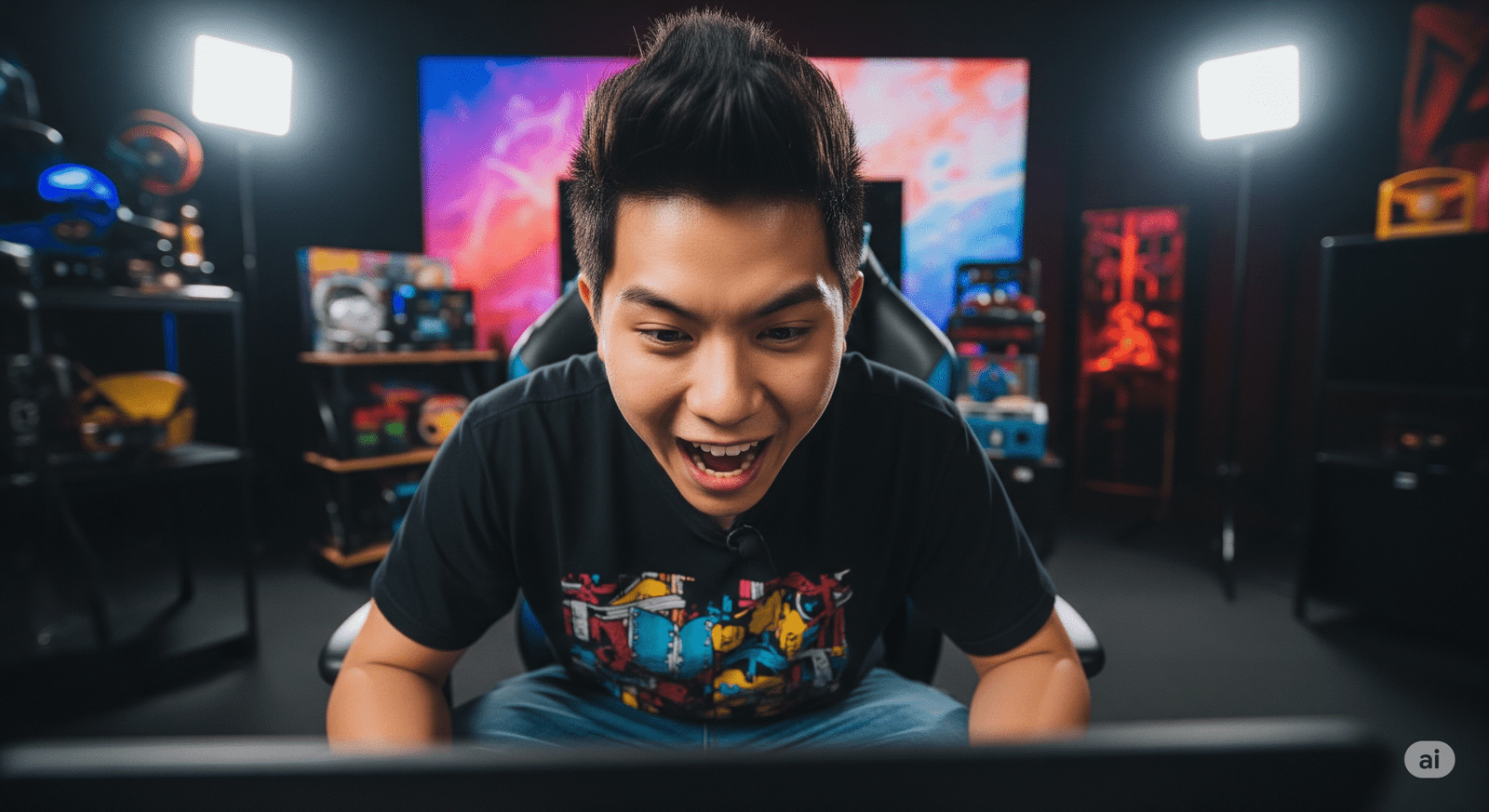Love watching people react to viral videos, movie trailers, or new music? You’re not alone! Reaction videos are huge online. But here’s the burning question: are these videos allowed under copyright law (called “fair use”), or are they actually stealing someone else’s work?
The quick answer, like most legal stuff, is: it’s complicated!
The Big Idea: Copyright and Getting Permission
Think of copyright as giving creators special rights to their original work. They control who can copy it, share it, perform it, or make new things from it. When a reaction video uses a big chunk of someone else’s copyrighted stuff without asking, it’s technically breaking those rules.
However, in places like the U.S. (and similar ideas like “fair dealing” elsewhere), there are exceptions. The most important one for reaction videos is called Fair Use.
What Exactly is Fair Use? The 4 Key Things
Fair Use is a legal shield that lets you use copyrighted material without permission for certain purposes, like criticsm, comments, news, teaching, learning, or research. When a court looks at a fair use case, they consider four main things:
- Why Are You Using It? (Purpose and Character of the Use): This is the most important factor for reaction videos. Are you adding something new, like your own thoughts, jokes, analysis, or critique to the original? Just playing a video with hardly any talking from you is less likely to be fair use. But if you’re truly analyzing, making jokes, or giving original insights, that’s a much stronger case.
- Good Example: Remember the H3H3 Productions case? A court decided their reaction videos were “classic criticism and comment” because they added so much new, transforming commentary, even when using big parts of the original video.
- Bad Example: A video that just plays the original and you just pause to say “haha” without much depth? That’s risky.
- What Kind of Original Work Is It? (Nature of the Copyrighted Work): Is the original video a factual news report or a super creative movie? Using factual stuff is often more likely to be fair use than highly creative works. But this alone usually won’t decide the case.
- How Much Did You Use? (Amount and Substantiality of the Portion Used): Did you use a tiny clip or almost the whole thing? Smaller snippets are generally better. But even a short piece can be a problem if it’s the “best part” or the most famous bit of the original. For reaction videos, it’s about using just enough to make your point or provide your commentary.
- Does Your Video Harm the Original? (Effect of the Use Upon the Potential Market): Does your reaction video stop the original creator from making money from their work? If your video is basically a replacement for the original, that’s bad. But if it sends viewers to the original work or targets a different audience, that helps your fair use argument. Courts usually don’t care if your criticism makes people not want to watch the original; that’s about free speech.
The YouTube Problem: Content ID and Strikes
While courts make the final call on fair use, platforms like YouTube have their own automated systems (like Content ID) that find copyrighted material. These systems don’t always understand the nuances of fair use. This can lead to:
- Monetization restrictions: Your video might not earn any ad revenue, with the money going to the original creator instead.
- Video Blocked: Your video might be blocked in some countries or even worldwide.
- Copyright Strikes: Get too many of these, and your entire channel could be shut down!
This means you, the creator, have to understand fair use and be ready to fight back if a claim seems unfair.
Tips for Making Fair Use Reaction Videos
To give your reaction video the best chance of being fair use:
- Be a Transformer: This is key! Don’t just watch quietly. Add your own real commentary, jokes, analysis, or educational insights. Ask yourself: “Am I adding something new to this content?”
- Use Short Clips: Only use the necessary parts to make your point. Don’t play long sections of the original without talking over them.
- You’re the Star: Your face and voice should be the main focus, not just the original video playing in the background.
- Give Credit: Always say who made the original and put links to their work in your description. It’s not a fair use rule, but it’s good manners!
- Watch Out for Music: Music is a huge red flag for copyright. Even tiny bits of popular songs can trigger claims. Be super careful or use music that’s royalty-free.
- Fight Back If Needed: If you get a copyright claim you think is wrong, be ready to tell YouTube why your video falls under fair use.
- When in Doubt, Ask a Lawyer: For tricky situations, talking to an intellectual property lawyer is always the safest bet.
The Bottom Line
Reaction videos CAN be fair use, especially when you truly add your own comments, criticism, or creative spin. But copyright law is tricky, and automatic systems don’t always get it right. By understanding these fair use rules and following good practices, you can better protect your channel and keep creating awesome reaction content!



No responses yet